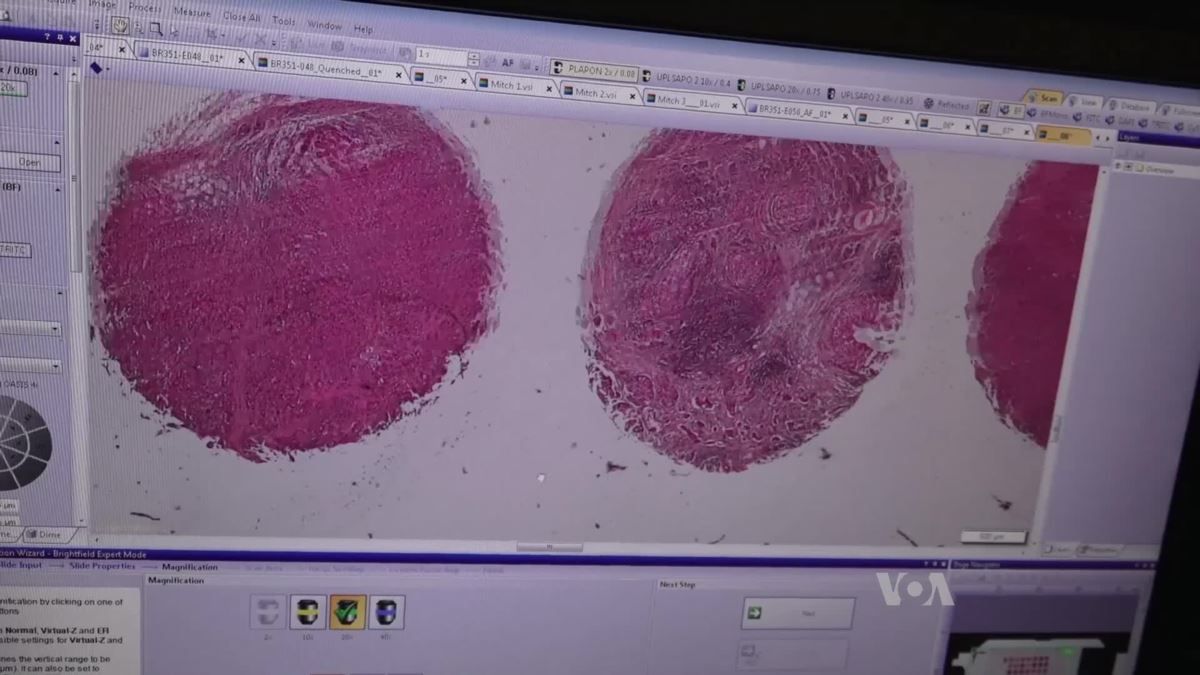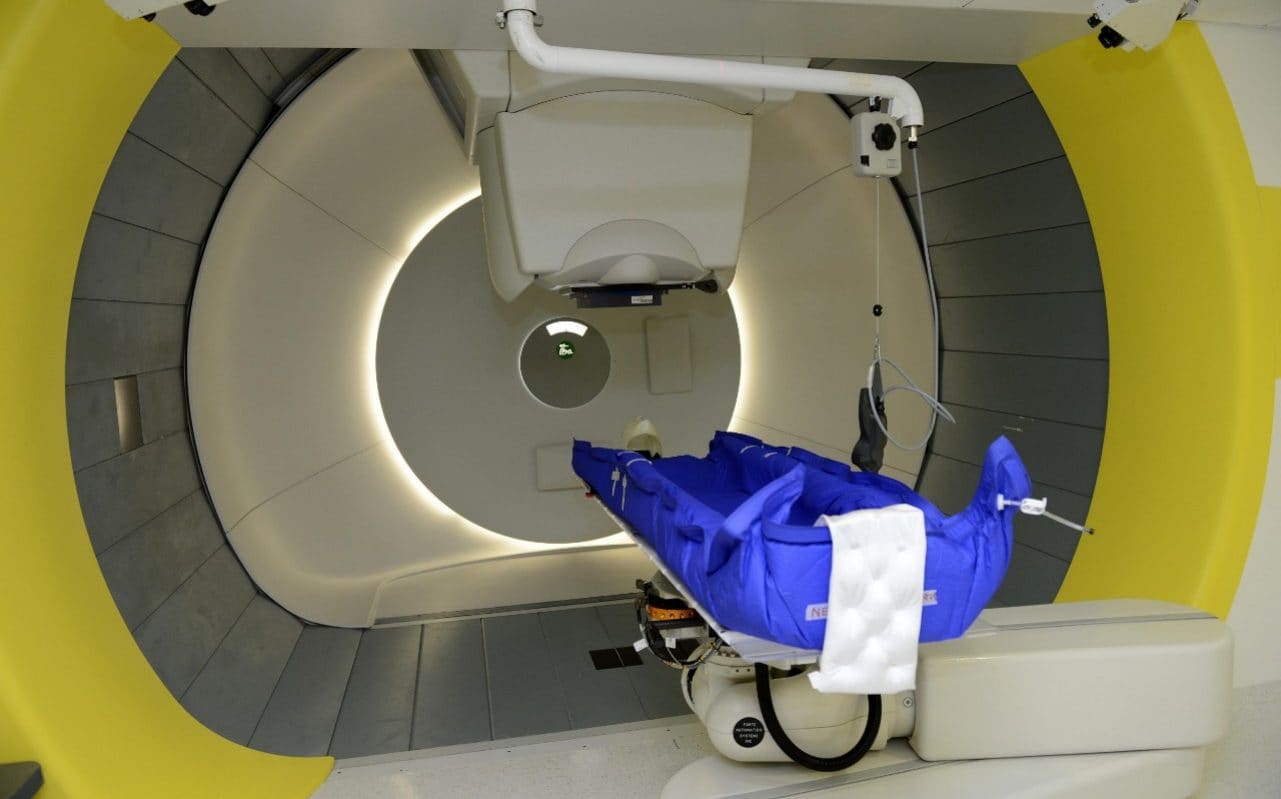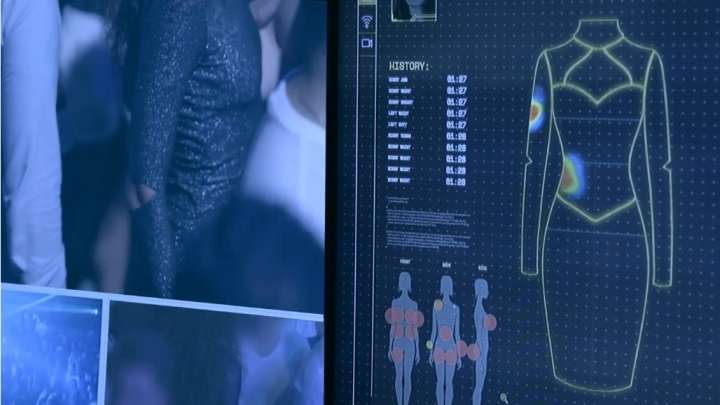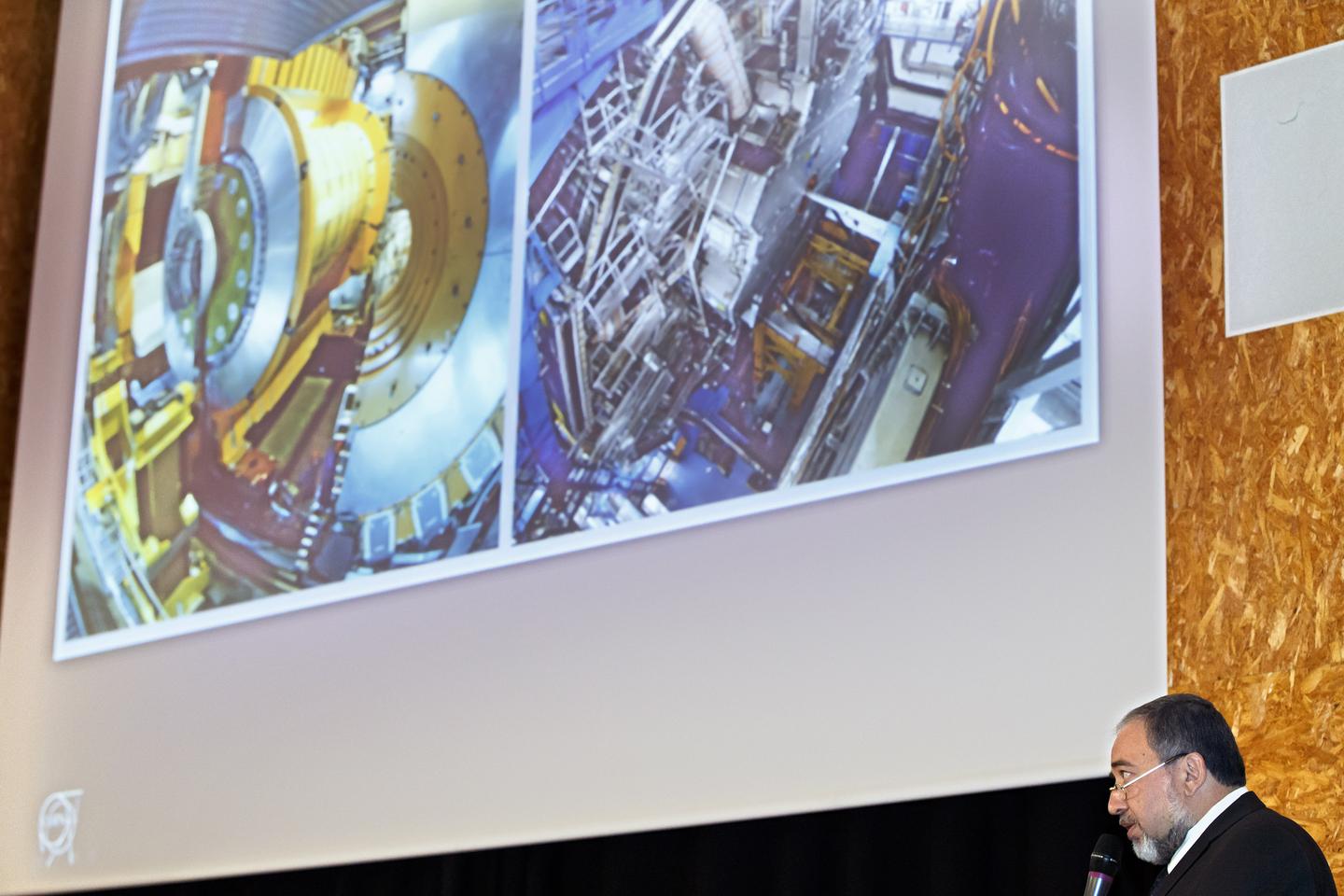Artificial intelligence and machine learning: the next revolution in medicine and cancer research.


The OriHime-D can also be used by people involved in childcare, nursing care or other activities that prevent them from leaving home or a certain location.
A cafe with an all-robot staff controlled by paralyzed people has opened in Tokyo.
The cafe, called Dawn ver.β, held its ribbon cutting ceremony on Nov. 26.

Hundreds of children with cancer are resorting to inferior treatment because of a failure to open two flagship specialist centres, experts have warned.
NHS officials have admitted that no patient has yet received state-of-the-art proton beam therapy (PBT) at either its new London or Manchester sites, despite a Government pledge to be treating 1,500 a year by 2018.
Leading oncologists have called for transparency after two promised opening dates at The Christie NHS Foundation Trust were missed this year and the deadline quietly pushed back.

Even after the rise of #MeToo, disbelief is all too commonly the outcome of reporting sexual harassment and assault. Many women describe the experience of having men they trust doubt the severity and frequency of what they have to put up with as painful as the experience itself. Advertising agency Ogilvy wondered if men would be more likely to pay attention to smart clothing than the women in their lives, so they created dresses that keep a record of events.
The dresses have sensors sewn into them that record contact and pressure. Any impact on a sensor is sent via wifi to a computer that not only keeps track of what is happening but translates it into a heat map of location and time of contact with the body.
When three women wore the dresses to a Brazilian party, they were touched non-consensually 157 times in less than four hours – a rate of more than once every five minutes per woman. As the video below shows, this is despite repeatedly telling the men involved to stop.


NANJING — Chinese researchers have developed a new evaluating model using medical imaging to help painlessly evaluate tumor progression in patients.
Doctors usually use the biological characteristics of tumors to observe the progress and response to treatment, such as if there are gene mutations or malignant features. Previous studies have shown that identifying the biological characteristics may contribute to better treatment and may increase survival rates.
Traditional methods to get tumor tissue include surgery and puncture, which are invasive, painful and costly.

In the summer of 1968, while a visitor in CERN’s theory division, Gabriele Veneziano wrote a paper titled “Construction of a crossing-symmetric, Regge behaved amplitude for linearly-rising trajectories”. He was trying to explain the strong interaction, but his paper wound up marking the beginning of string theory.

Killer asteroids might be a bigger threat than you think.
A former NASA astronaut says the agency he used to work for has a duty to protect civilians from killer asteroids, but that it isn’t meeting that obligation.
The threat of asteroid strikes might seem as abstract as outer space itself. But the risk, while infrequent, is real — and potentially more deadly than the threat posed by some of the most powerful nuclear weapons ever detonated.

Gardens are good for you. Having 10 per cent more green space in your surroundings can bring health improvements roughly equivalent to being five years younger, according to one study – even when other possible influences like socio-economic status are taken into account. Others have found that people who tend allotments are healthier and have higher self-esteem and well-being, and that each session on their plot is linked to a decrease in the level of the stress hormone cortisol.
So there are lots of reasons to get outside and get growing. Plenty of advice has remained gardening gospel despite going against the laws of nature. We’ve pruned back some of horticulture’s hardiest myths to help you along.
